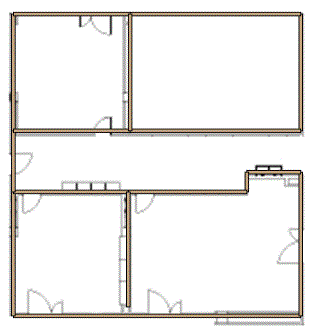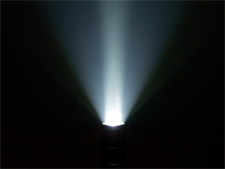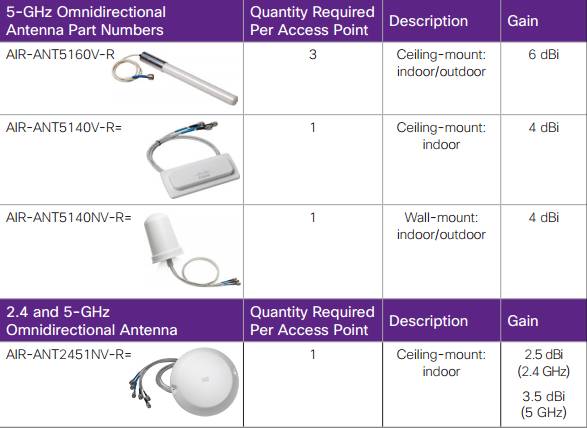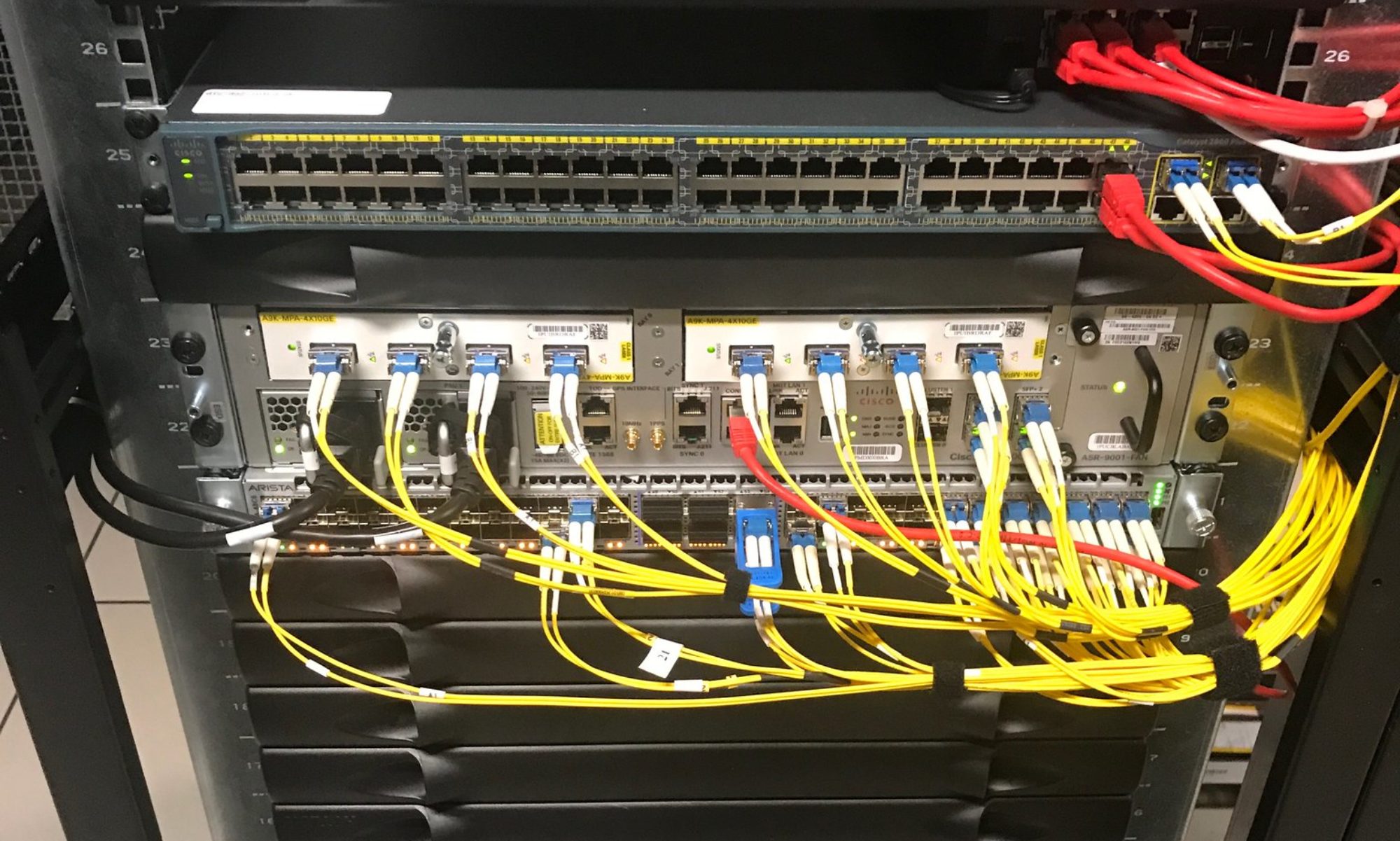So, how get the signal out of our AP? Of course, we use an antenna :).
Before we talked about signals, mW and dB. This is the time we transform this electrical signal into electromagnetic waves – which can be transmitted over the air.
Imagine a customer wants WiFi in their office and we have the pleasure to implement this. Our client gives us a plan so that we can get an overview of his office.

Before we start to position APs we need to know how the electromagnetic waves getting radiated through the building. To do this each antenna has it’s own characteristic – but they’re sorted into two major categories:
Unidirectional antenna: Like the beam from a flashlight, heading into a specific direction and gets wider with distance:

Omidirectional antenna: Imagine a normal light Bulb without lampshade, the light is spread evenly into the room:

But this is only for orientation! In fact, every antenna has it’s own properties.
For us, as the ongoing WiFi experts, the manufacturer are supplying two types of drawings for their antennas to let us know how they radiate.
The H-plane, azimut-plane is the top view. We’re looking down on the plan and it shows how the signal distributes to the horizon.
The other view is the E-plane, this is the side view. With this two drawings you get a feeling how this antenna works and if it’s useful for your project.
Later more…
Now back to numbers 🙂 …
To measure the effective power our AP sends out is the EIRP (Effective Isotropic Radiated Power). It’s calculated with the dBm that our AP generates PLUS the antenna gain (it’s no gain like a receiver) MINUS cable loss. For instance 28dBm AP + 6dBi antenna = 34dBm of EIRP.
Almost forgottten: The antenna gain is dBi, where is „i“ stands for isotropic.
Diversity. Instead of listing with only one antenna or one „ear“ to the Wifi – the AP has two or more separate antennas and can selected the best to receive the signal.

…DIPOLE REFERENCE TO DO…
The antennas connectors are mostly proprietary, not worth mentioning general connector out there. But this is good to make the AP and the antenna a winning team, without exceed the allowed EIRP in your country.
For outdoor antennas it’s best practice to use a lightning arrester!
Here are some types of antennas:

…and here is a wide range of antennas. There are many many more. Often you find something like this:

This is very helpful to get an overview, which antennas suitable for your use case.
Next we need to check the H- and E-plane and if this also fit’s, we’re done.
But wait….H-plane is also called azimut and than called A-plane.
Summarized H-plane aka A-plane and E-plane.

And this is how such a drawing looks like:
